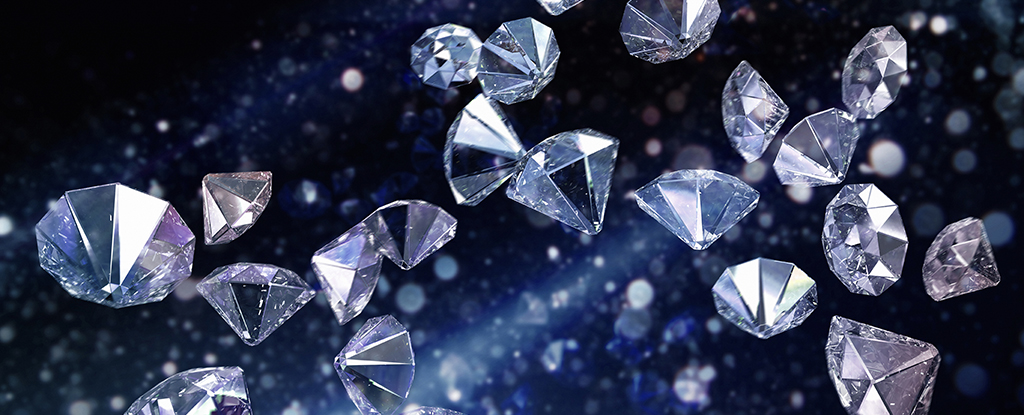Introduction: The Rise of Lab Grown Diamonds
Lab grown diamonds, also known as synthetic diamonds or cultured diamonds, have been gaining significant attention in recent years. These diamonds are created in controlled environments, using advanced technology to replicate the conditions under which natural diamonds form deep within the Earth. The beauty and brilliance of lab grown diamonds are nearly identical to their natural counterparts, but they come with numerous benefits that make them an appealing choice for many consumers. In this article, we will explore the characteristics, advantages, and growing popularity of lab grown diamonds.
What Are Lab Grown Diamonds?
Lab grown diamonds are created through two main methods: High Pressure High Temperature (HPHT) and Chemical Vapor Deposition (CVD). Both methods simulate the natural processes that occur within the Earth’s mantle. HPHT uses intense heat and pressure to form a diamond, while CVD involves using gases to create a carbon-rich environment in which diamonds can form. Regardless of the method used, lab grown diamonds are made from pure carbon atoms, just like natural diamonds, resulting in a gemstone with the same chemical structure, hardness, and brilliance.
Why Choose Lab Grown Diamonds?
One of the primary reasons people choose lab grown diamonds is their ethical and environmental benefits. Unlike mined diamonds, which often have significant environmental and human rights impacts, lab grown diamonds are created with minimal harm to the environment and without exploiting labor forces. Additionally, lab grown diamonds are a more sustainable option, as they do not contribute to the depletion of natural resources. Consumers are increasingly seeking alternatives that align with their values, and lab grown diamonds provide a solution that meets these ethical concerns.
Lab Grown Diamonds vs. Natural Diamonds: Key Differences
While lab grown diamonds and natural diamonds are chemically identical, there are key differences between the two. The most obvious difference is their origin: lab grown diamonds are made in a laboratory, while natural diamonds form over millions of years deep within the Earth. This difference in origin often leads to a price disparity, with lab grown diamonds typically being more affordable than natural diamonds. Additionally, lab grown diamonds can be created in a variety of colors, sizes, and shapes, offering consumers more flexibility and customization options.
The Cost Advantage of Lab Grown Diamonds
One of the most compelling reasons to consider lab grown diamonds is their cost advantage. Because lab grown diamonds are created in a controlled environment, they are often less expensive than their natural counterparts. The cost savings can be substantial, especially when it comes to larger diamonds or more complex cuts. Consumers can get a high-quality, visually stunning diamond for a fraction of the price of a natural diamond, making it an attractive option for those looking for a more affordable yet luxurious choice.
Lab Grown Diamonds: A Growing Market
The market for lab grown diamonds has been expanding rapidly in recent years. As more people become aware of the ethical and environmental benefits of these diamonds, demand continues to grow. The rise in popularity of lab grown diamonds can also be attributed to advancements in technology, which have made it easier and more cost-effective to produce high-quality diamonds. Jewelry brands are embracing the trend, and many are offering lab grown diamonds alongside traditional mined diamonds, allowing consumers to choose the option that best suits their preferences and values.
The Environmental Impact of Lab Grown Diamonds
Lab grown diamonds are often considered a more eco-friendly option compared to mined diamonds. The diamond mining industry has been associated with deforestation, habitat destruction, and significant carbon emissions. In contrast, the production of lab grown diamonds has a smaller carbon footprint. While it still requires energy, lab grown diamonds are generally regarded as a more sustainable alternative. This makes them an attractive choice for individuals who want to reduce their environmental impact while still enjoying the beauty of a diamond.
The Beauty and Quality of Lab Grown Diamonds
Lab grown diamonds are virtually indistinguishable from natural diamonds to the naked eye. They have the same sparkle, brilliance, and clarity, thanks to the precise manufacturing process that ensures the highest quality. In fact, many experts in the jewelry industry affirm that lab grown diamonds often exhibit superior quality, as they can be produced with fewer inclusions and imperfections. Whether for an engagement ring or another piece of fine jewelry, lab grown diamonds offer exceptional beauty and value.
Lab Grown Diamonds and the Future of the Jewelry Industry
As consumer preferences shift towards more sustainable and ethical products, lab grown diamonds are expected to play an increasingly important role in the future of the jewelry industry. More companies are embracing lab grown diamonds as part of their collections, and the growing popularity of these diamonds has led to more innovation in the market. From customizable cuts to a wider range of colors and sizes, the future of lab grown diamonds looks bright, offering consumers even more options and opportunities to invest in a beautiful, eco-friendly gemstone.
Conclusion: The Appeal of Lab Grown Diamonds
Lab grown diamonds are transforming the diamond industry by offering a sustainable, ethical, and cost-effective alternative to mined diamonds. These diamonds provide the same stunning beauty and durability as natural diamonds, but with fewer environmental and ethical concerns. Whether you are looking for a stunning engagement ring, a special piece of jewelry, or simply want to make a more conscious purchase, lab grown diamonds are an excellent choice. As technology continues to advance and the market grows, lab grown diamonds are poised to become even more popular, making them a true contender in the world of fine jewelry.











